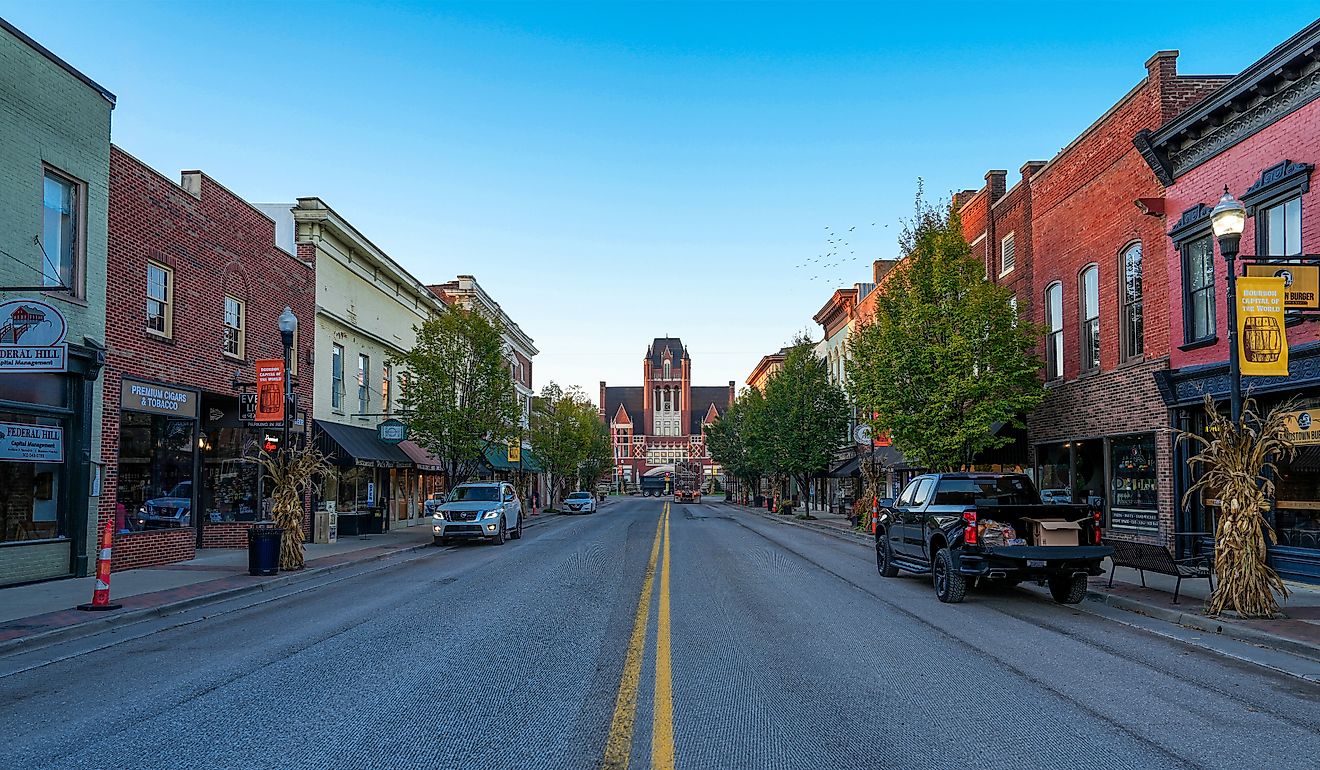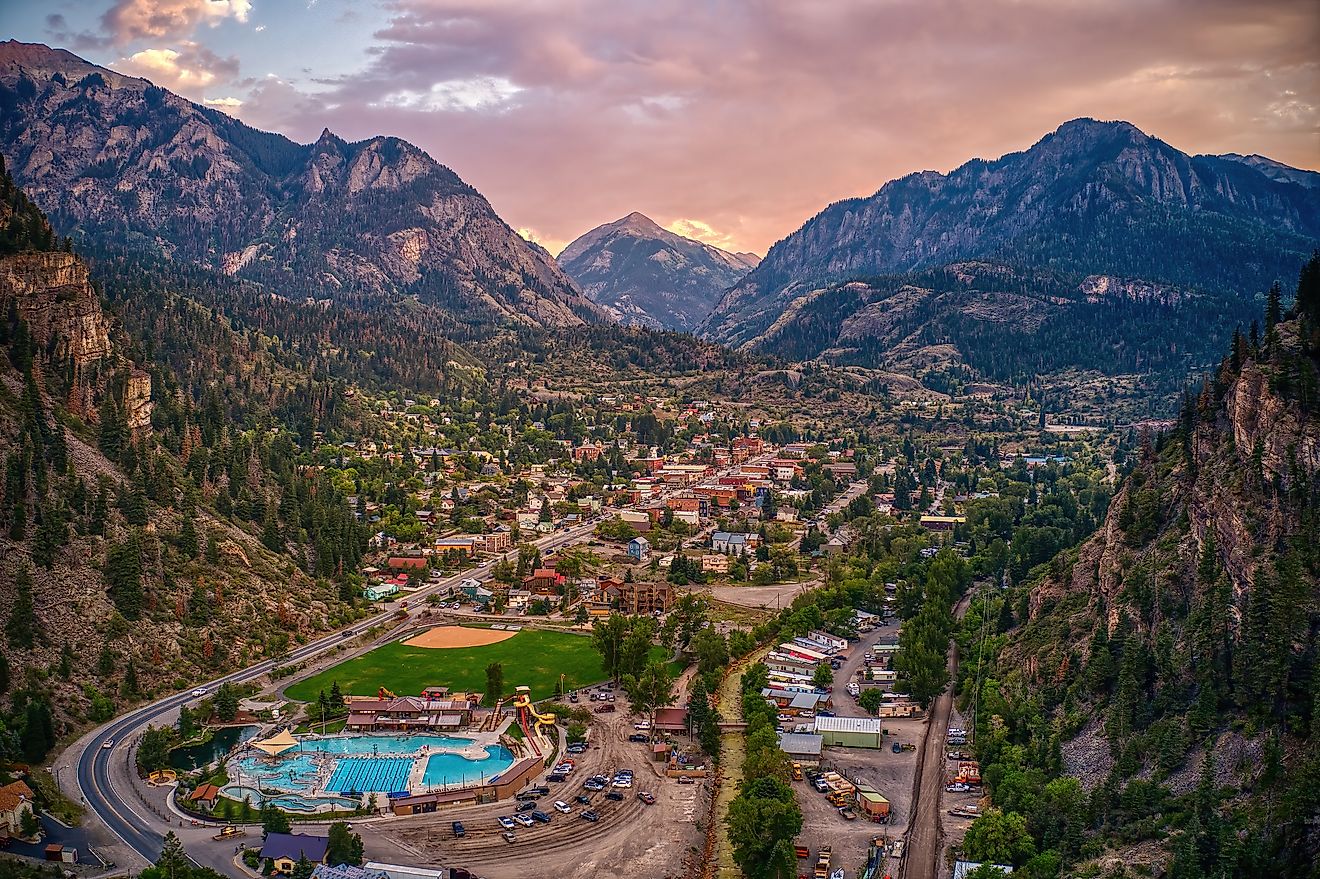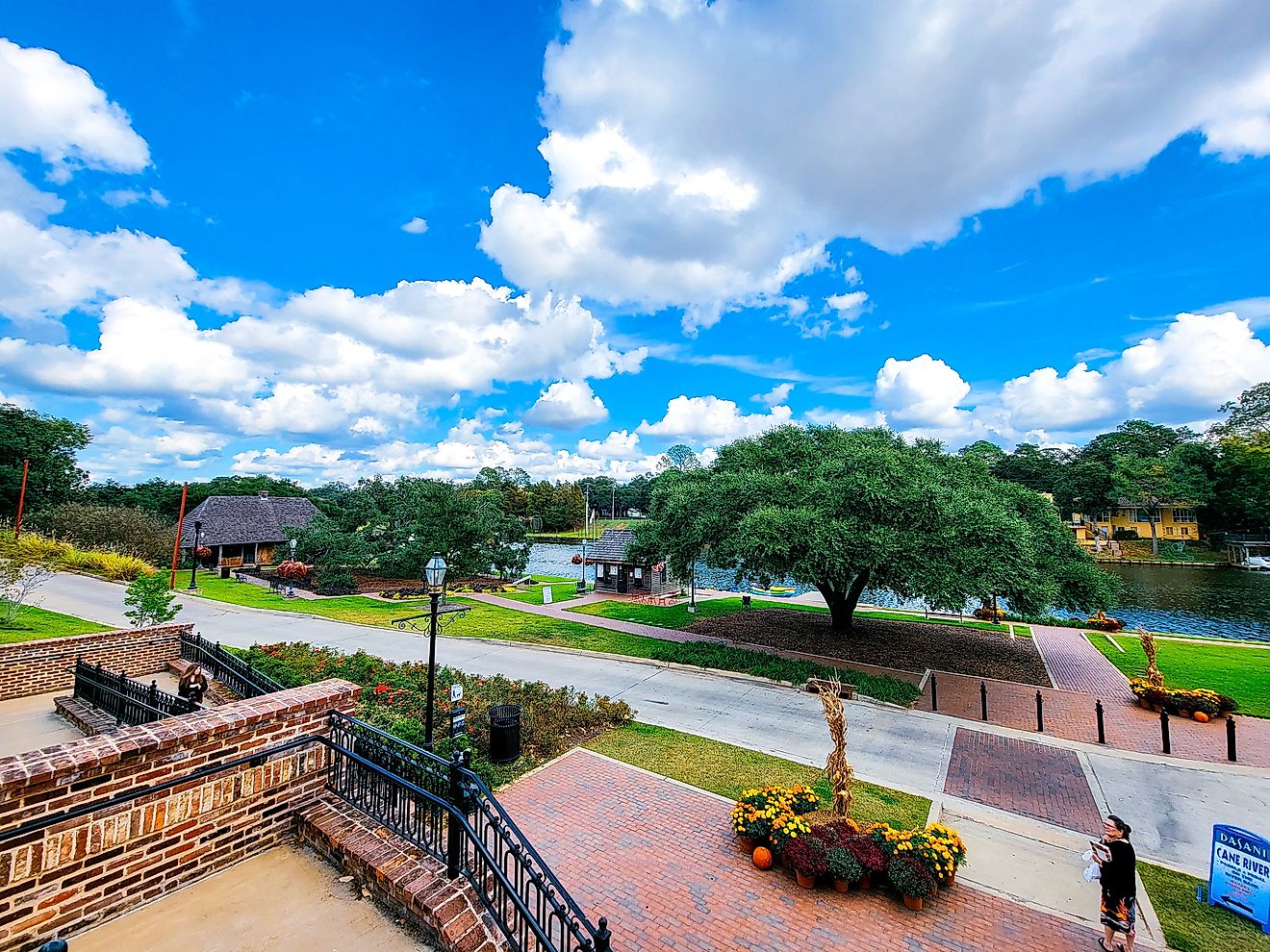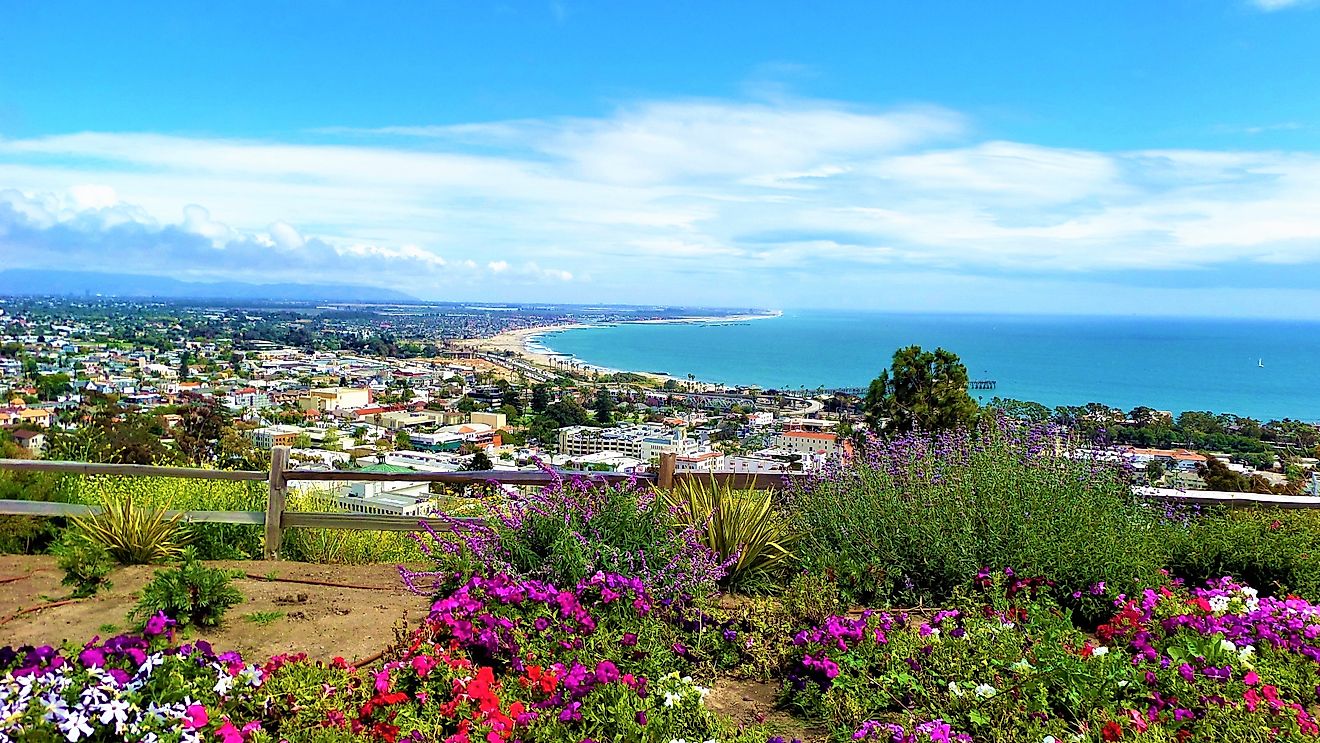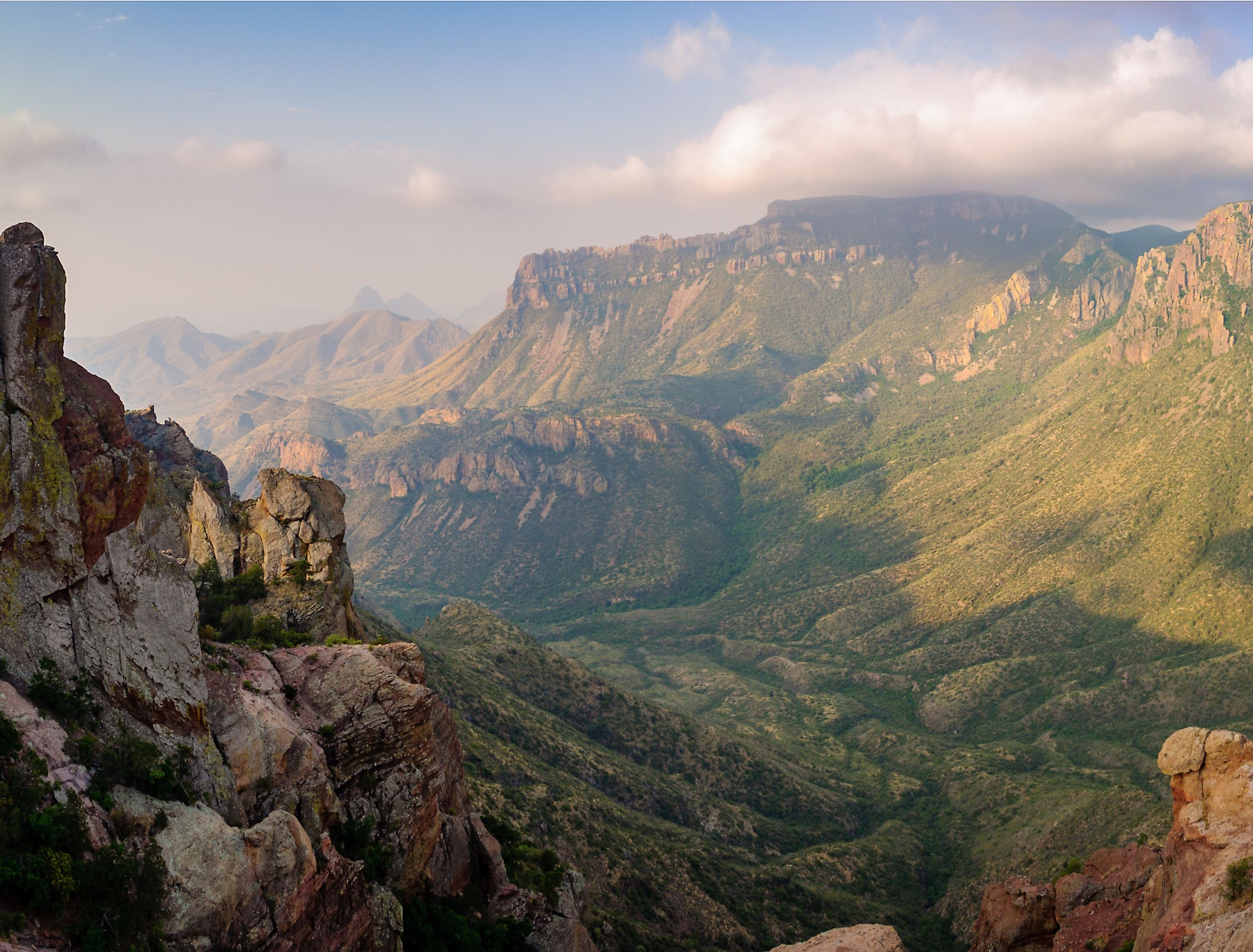
2 National Parks In Texas
In total, the US State of Texas has 16 nationally protected sites. These range from national monuments, to recreation areas, to preserves, to memorials, to historic trails, historic sites, historic parks, the Padre Island National Seashore, and the Rio Grande, which is designated as a “Wild & Scenic River” by the National Park Service, and of course, the national parks themselves. Big Bend National Park and the Guadalupe Mountains National Park make up these two Lone Star State offerings. Both sites help conserve a unique environment while offering visitors plenty of fun.
Big Bend National Park
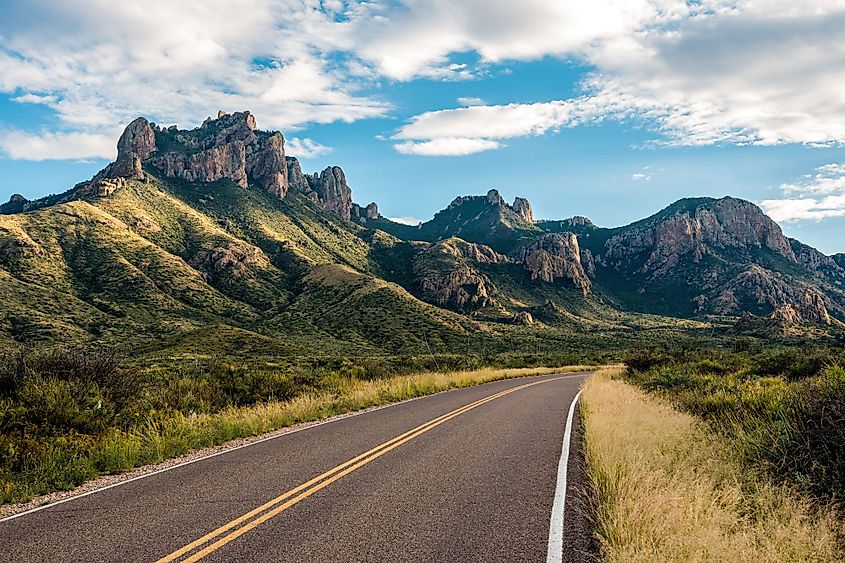
Located in the far west of Texas, Big Bend National Park was founded in 1935 and protects many important components of the raw wilderness. For starters, this 801,163-acre park is part of the Chihuahuan Desert (one of the four major deserts in the United States) which sprawls up from the south of the border, bringing with it that quintessential Mexican landscape and its surprisingly diverse flora and fauna. Big Bend also encompasses the entirety of the Chisos Mountain Range. No other U.S. National Park can claim a similar badge. Not to be understated are the curious fragments of human history to be found within Big Bend. These include Native American sites dating back almost 10,000 years, as well as the more recent ranches, mines, military outposts, etc. And finally, when the sun sets, this part of Texas experiences truly humbling starry nights, owing to some of the lowest levels of light pollution in the entire country.
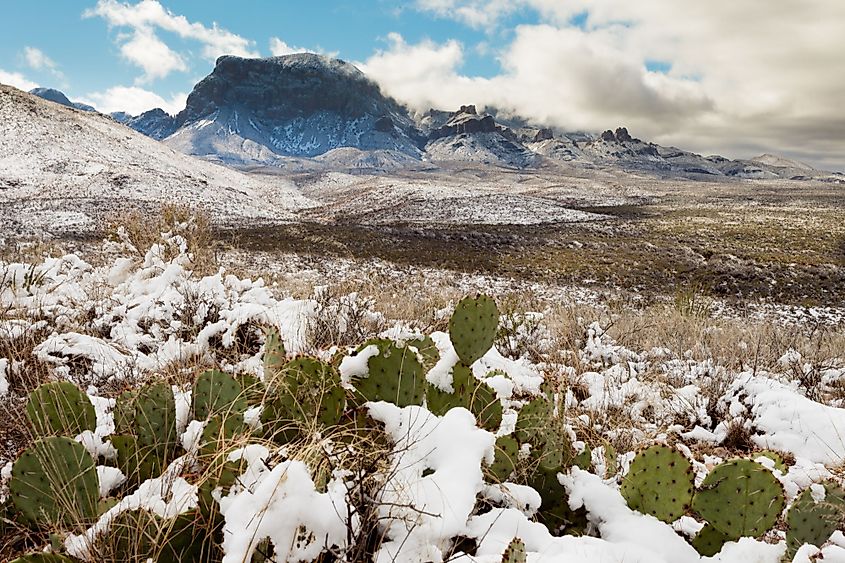
The desert climate can vary significantly throughout the year and across the rolling landscape. Sunshine is certainly a prevalent feature, and rain is more common than one might expect. The pleasant spring weather brings with it most of the annual visitors, which in 2021 hit a new high of 581,221. The summers are pretty hot, with peak temperatures on the desert floor reaching more than 100-degrees Fahrenheit, but also about 10 to 20 degrees cooler up in the Chisos Mountains. The majority of Big Bend’s roughly 12.47-inches of rain falls between May to September. This can help break the heat for summer visitors but also poses potential challenges in the form of thunderstorms and flash flooding. The temperature can drop below freezing in the wintertime, with light snow being a rare occurrence.
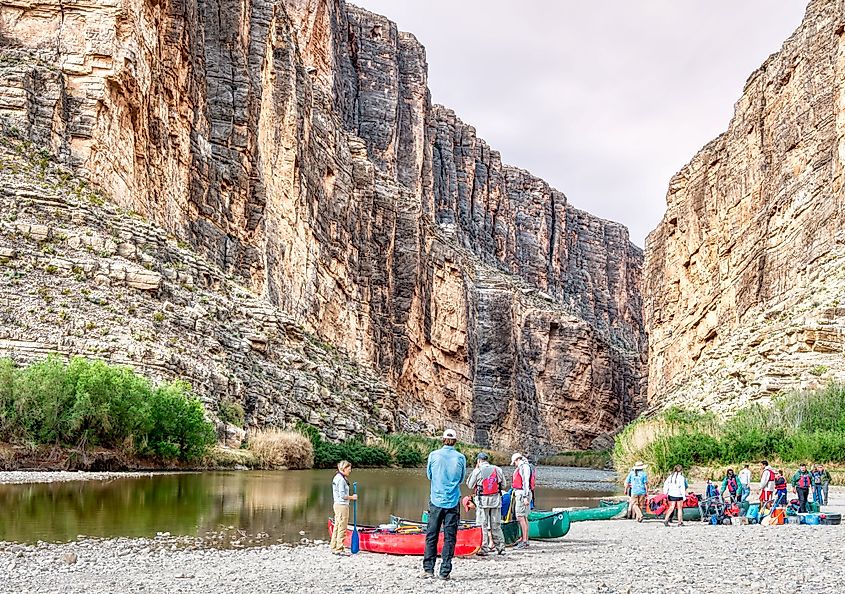
In terms of activities, Big Bend is an excellent spot for hiking, particularly for those who want to travel the off-beaten path and experience some genuine solitude. This can be a rare phenomenon in many other national parks. Just make sure to be well-stocked when hitting some of the 150-miles of desert and mountain trails. One of many day hikes to explore is the Lone Mine Trail. This 5-mile route is not the farthest hike around, but it still gains about 1,000-feet of elevation across the thrilling terrain. If you pack a headlamp for the descent, the top makes for a lovely star-gazing spot. Outdoor enthusiasts will be happy to hear that there are four formal campgrounds throughout Big Bend, as well as many primitive backcountry options. This allows for a longer park immersion, either in a comfortable or a more rugged fashion.
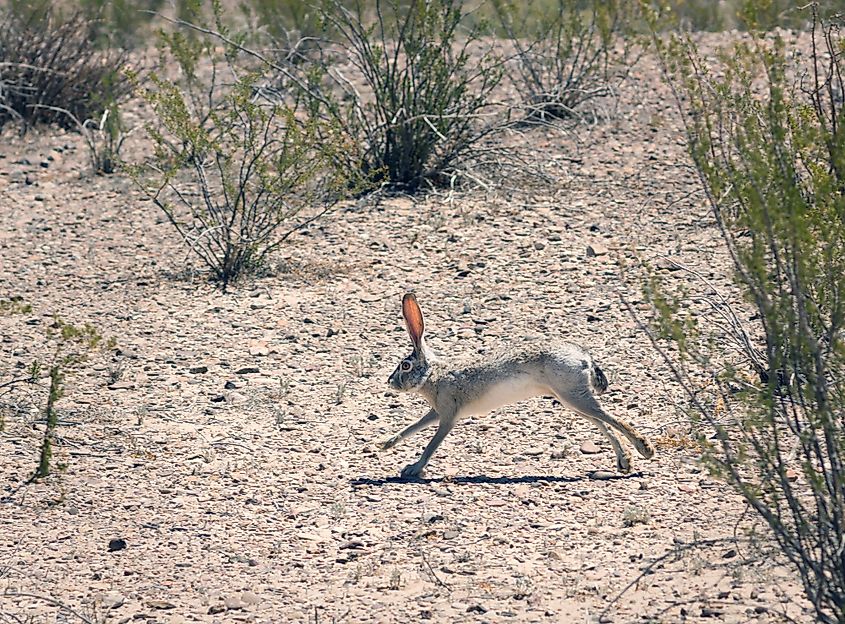
If you do decide to make an extended trip, you may be able to spot a slew of the 400 bird species, 75 species of mammals, 3,600 insect species, plus interesting amphibians, reptiles, fish, and more that make their home in Big Bend. Though part of a desert landscape, the park also sees a large variety of plant life, which of course, includes cacti (over 60 species) but also the bluebonnet and other wildflowers. If there is enough rain in the winter, spring flowers can have a stunning “super bloom.”
Guadalupe Mountains National Park
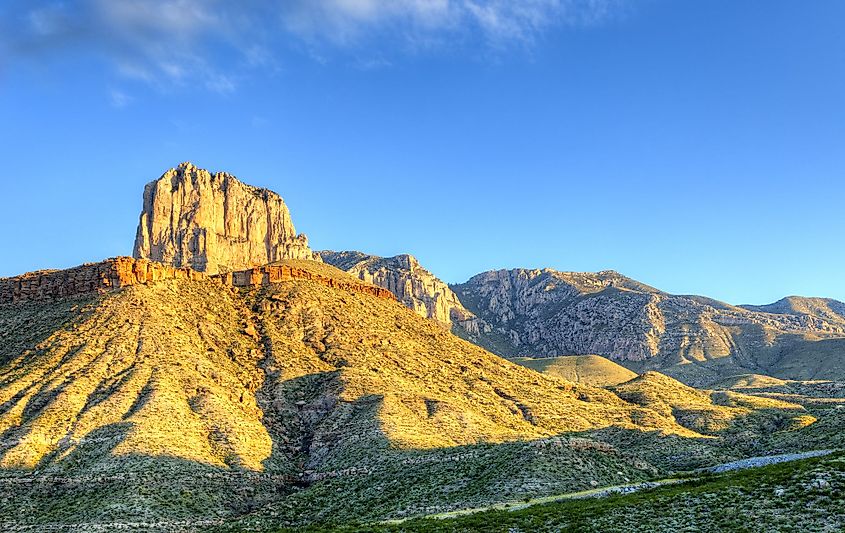
Also in West Texas, but this time just south of the New Mexico border and about 115-miles East of El Paso, is the Guadalupe Mountains National Park covering 86,416-acres. Once again, the arid Chihuahua Desert forms the base of the landscape, and as the park’s name suggests, the Guadalupe Mountains loom within, rising over 3,000 feet off the floor. The appropriately named Guadalupe Peak tops out at 8,751 feet above sea level, making it the highest point in all of Texas. Another great geological site is the 1,000-foot-tall limestone cliff called El Capitan. As if that was not intriguing enough, the Guadalupe Mountains are part of a 260 to 270-million-year-old reef system called Capitan Reef. Most of it is buried, but the 12-miles that are exposed within the park tease the 400-mile-long U-shaped fossilized system.
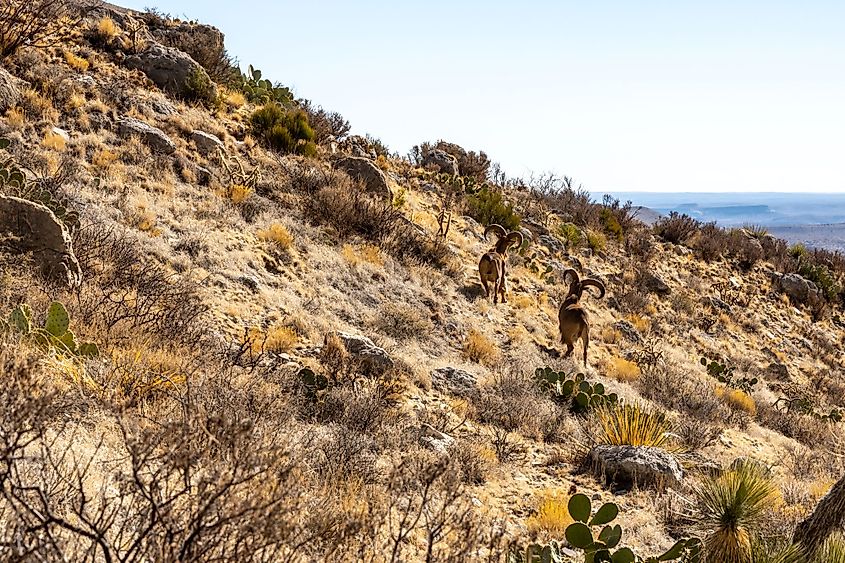
Guadalupe Mountains National Park experiences a somewhat capricious climate, which like Big Bend National park, varies throughout the land and across the year. The range in elevation is a critical factor in determining the weather. Generally speaking, spring and summer see mild temperatures and occasional rain. The fall and winter experience not only expectedly cooler temperatures but also high winds that can exceed 70-mph. The depths of winter can also see freezing fog and some snow.
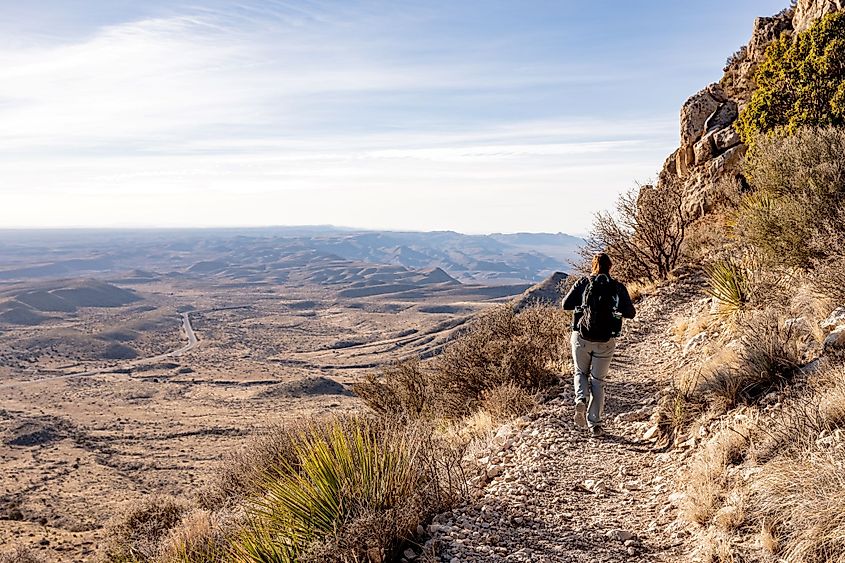
In terms of human occupation, Spanish explorers first passed through this area in 1692, but the Guadalupe Mountains were long since settled by different indigenous nations. The Mescalero Apache Tribe maintained settlements until the late 1800s when most members were pushed out by incoming ranchers and a campaign by the U.S. Army. Today, visitors can appreciate the land in a wealth of ways. As with Big Bend National Park, Guadalupe Mountains offer a range of day hikes and backpacking adventures, both developed and wilderness campgrounds, plus scenic drives and good old-fashioned horseback riding.
Though Texas has the two official national parks, these cover a sizable territory, much of which is the vital yet endangered Chihuahuan Desert. Both Big Bend and the Guadalupe Mountains are within reasonable driving distance of each other, allowing for a potential road trip across a slightly rustic and sparsely populated terrain than national park veterans might be used to. Texas has a distinctive style in many regards, and its national parks are no exception.
